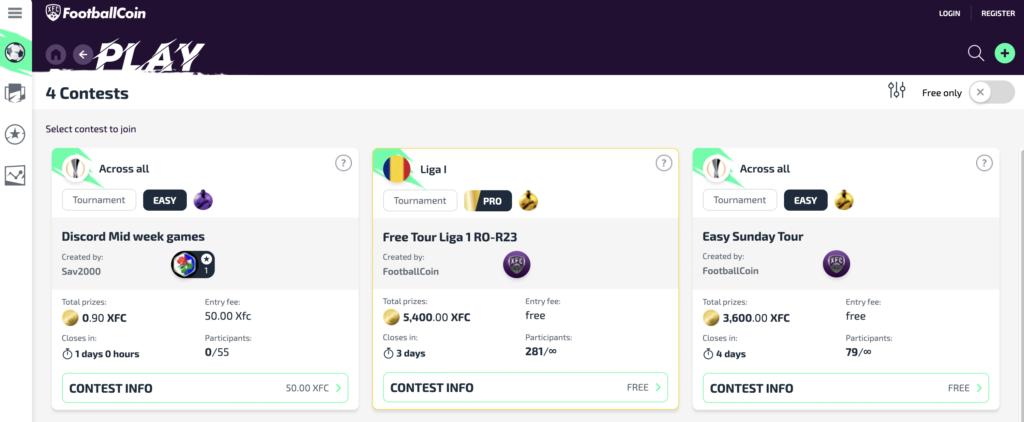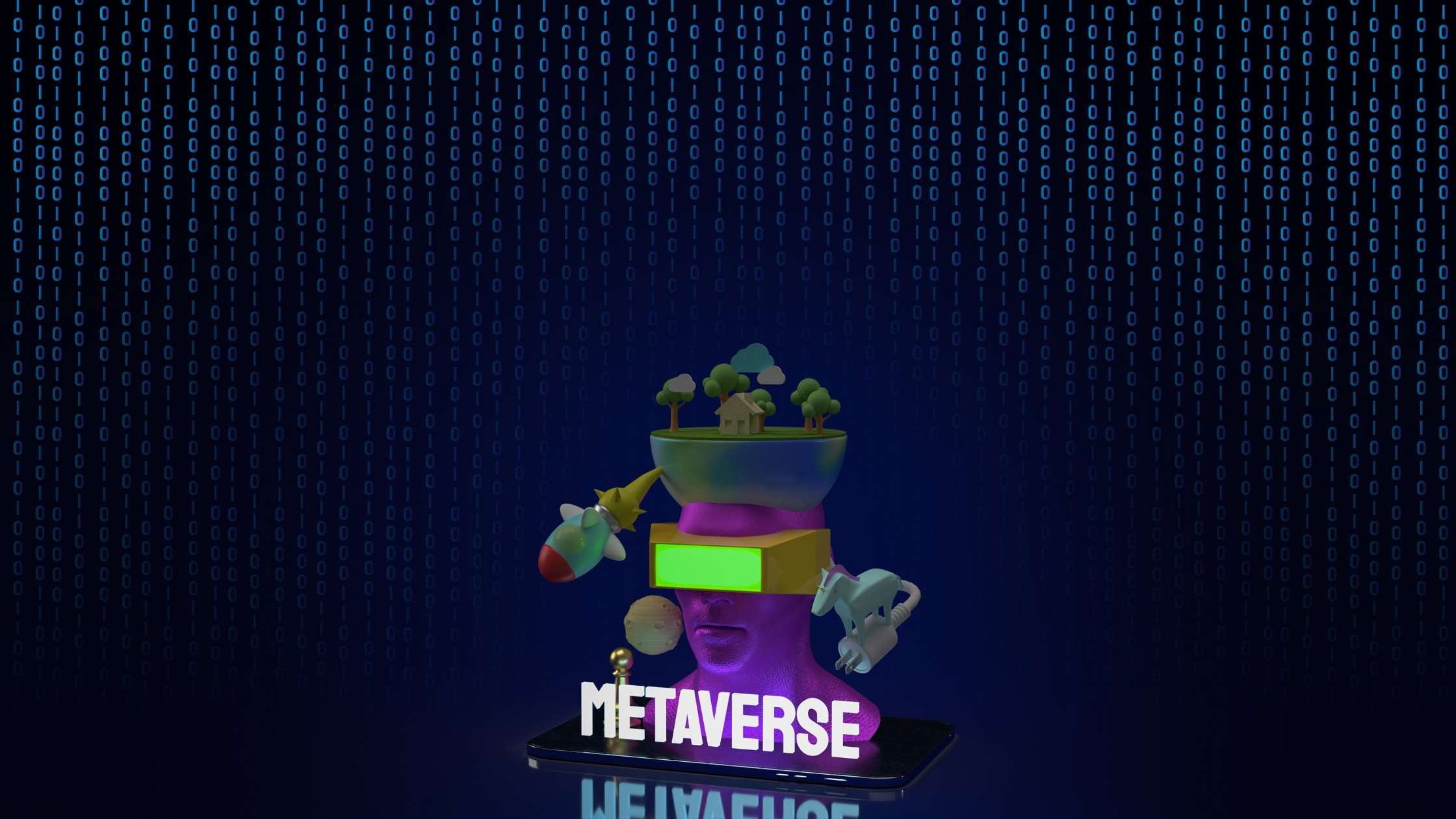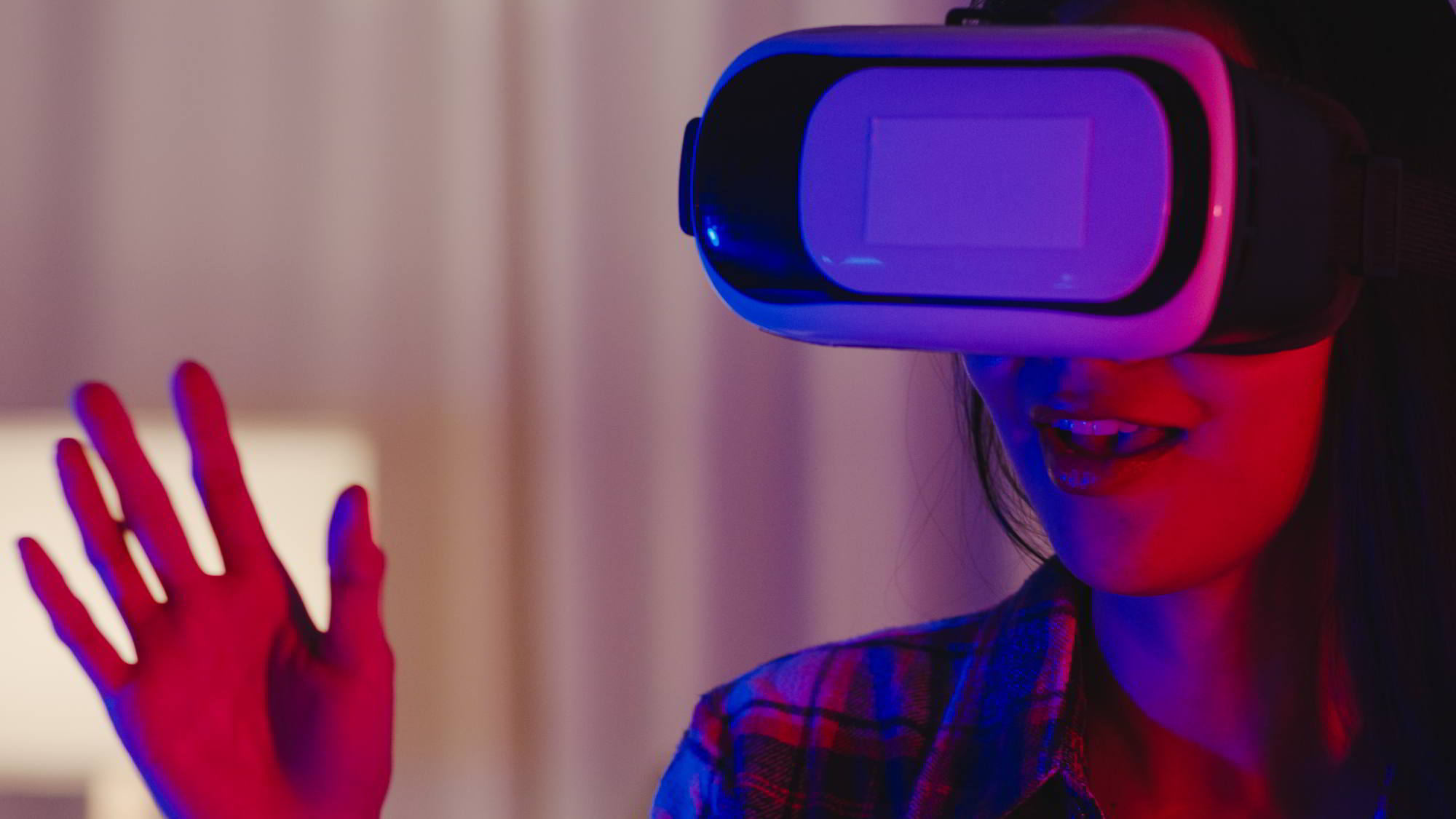
The Potential Benefits And Risks Of Children Engaging With The Metaverse
The European Union’s research body delves into the possibilities of using the metaverse to enhance children’s health and education while also addressing the accompanying risks and challenges.
The European Parliamentary Research Service (EPRS), which is like a big brain for the European Union, recently wrote a letter talking about how kids can have good and bad things happen to them in the metaverse.
Maria Niestadt, who works at EPRS, says the metaverse can make kids more creative, help them learn, and maybe even make them feel better if they’re sick.
But there are also lots of problems to think about, like making sure kids don’t feel bad mentally or physically because of things like using special goggles or worrying about their privacy and safety.
What’s the metaverse?
The metaverse is like a big, virtual world where people can explore and do all sorts of things. It’s not just one place but a whole bunch of different digital spaces that connect to each other.
Imagine it like a huge playground where you can play games, chat with friends, go to school, or even work, all without leaving your computer or special goggles.
Advantages of the metaverse
- Endless possibilities. In the metaverse, the only limit is your imagination. You can create and experience things that might not be possible in the real world, like flying through space or visiting ancient civilizations. Some metaverses even digital assets that can be seen as digital objects. They are called metaverse NFTs.
- Connectivity. It brings people from all over the world together. You can meet new friends, attend events, or collaborate on projects, no matter where you are.
- Accessibility. The metaverse is accessible to anyone with an internet connection, opening up opportunities for education, entertainment, and social interaction to a wider audience.
- Innovation. Companies use the metaverse to develop new products and services, from virtual reality games to immersive training simulations for employees.
How to use the metaverse?
- Socializing. People use the metaverse to hang out with friends, attend virtual parties, or join online communities based on shared interests.
- Entertainment. Many use it for entertainment purposes, such as playing games, watching live performances, or exploring virtual museums and galleries.
- Education. Schools and universities are increasingly using the metaverse for virtual classrooms, interactive learning experiences, and simulations that enhance traditional teaching methods.
- Business. Companies utilize the metaverse for virtual meetings, conferences, and product demonstrations. It also serves as a platform for e-commerce, virtual advertising, and brand experiences.
The EPRS letter says there are lots of good things kids can do in the metaverse. It doesn’t say kids should always use special goggles, but it talks about some good ways they can use them.
Opportunities for children in the metaverse
The letter from EPRS talks about how the metaverse offers many opportunities for children.
While it doesn’t fully say that kids should always use virtual and mixed-reality headsets, it does highlight some positive ways they can be used.
According to EPRS, virtual worlds can help doctors find out and treat things like autism or ADHD in kids. They can also help kids exercise in a fun way and get over things like being scared of heights. Besides that, kids can learn about history and culture in virtual lessons and make friends in a safe way.
What are the challenges in the metaverse?
Although there are many opportunities in the metaverse, the EPRS also points out various challenges that need attention to keep EU children safe from the possible risks of metaverse technology.
Children often encounter similar risks in virtual worlds as adults do, but their vulnerability makes them more susceptible to harm. Reports, like the one from the Centre for Countering Digital Hate in 2023, show that minors are frequently subjected to different types of harassment, abuse, and content that isn’t suitable for their age in virtual environments.
The main concerns are about how being in digital worlds and using special equipment can affect kids’ minds and bodies. This includes things like feeling alone in real life, facing bullying or seeing things they shouldn’t do online, and even feeling sick or scared.
One big challenge is figuring out the right age for kids to use the metaverse. Right now, it’s up to the companies that make the special goggles. But sometimes, they lower the age limit. For example, in 2013, Meta made it okay for kids as young as 10 to use their Quest headsets, down from 13.
Overall, the metaverse in the European Union is changing a lot, and regulators are trying to find ways to make it safer. They’re counting on companies to follow the rules and make sure kids stay protected while using these technologies.
Metaverse opportunities
According to the letter, the metaverse is rife with opportunities for children. While it stops short of offering a full-throated endorsement for the use of virtual and mixed-reality headsets by children, the think tank lays out several claims for their positive use.
Per the EPRS:
“Virtual world technologies can be used to diagnose and treat various paediatric mental and physical health disorders (such as autism, attention-deficit/hyperactivity disorder). They can also be used to promote physical health through immersive fitness exercises, to help prepare children for psychological difficulties (such as the fear of heights) or to aid in their physical rehabilitation.”
Other opportunities include educational uses such as virtual immersion in lessons of historical and cultural significance and the potential for positive social interaction.







